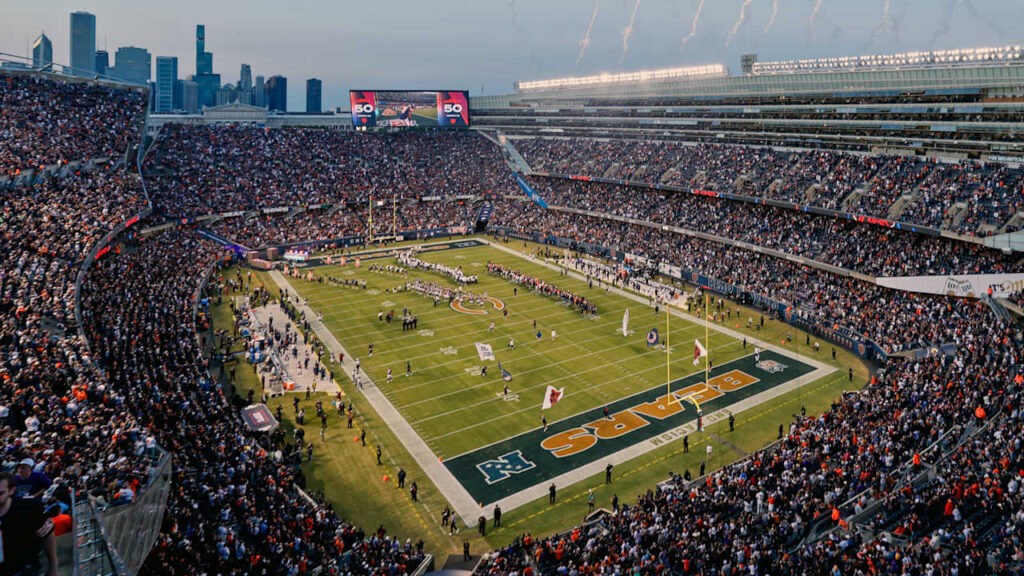Flags You’ll See at the Indy 500: What Do They Mean? 🟡🟢🏁
In racing, flags are crucial communication tools used to signal important events or actions on the track. While there are nine different types of flags you could see on race day, here are the six most common flags you'll probably see on race day:
Green Flag (🟢): The signal that the race has officially started or resumed. When the green flag waves, all drivers are clear to race at full speed!
Yellow Flag (🟡): The caution flag. This is raised when there’s a danger or incident on the track (like debris or a wreck), and drivers must slow down and maintain position.
Red Flag (🔴): When the race is stopped completely due to a serious incident or dangerous track conditions, a red flag is waved, and all cars must stop.
Black Flag (⚫): This is the “you’ve got to go!” flag. A black flag is shown to a driver who has violated a rule (like speeding in the pits) and needs to serve a penalty or leave the track temporarily.
White Flag (⚪): This signals that the final lap is about to begin!
Checkered Flag (🏁): The ultimate symbol of victory! This flag is waved at the finish line to signal the end of the race, and the first driver to cross it is the winner. 🏆
Can’t get enough of the flags? You can see them waving in the wind outside the main gates of Indianapolis Motor Speedway (IMS)!
Slogans and Verbiage: The Lingo You Need to Know 🚗💨
So, you’ve got the flags down. But what about all the other racing lingo you’ll hear throughout the race? Here are some key terms that will help you understand what’s going on:
Pole Position: This is the starting spot for the fastest qualifier, placed at the front of the grid. Getting the pole position is a big deal because it gives that driver the best chance to lead the race from the start.
P1, P2, P3…: In racing, broadcasters often need to speak quickly and keep track of where each driver is on the track. To simplify things, they use "P" followed by a number to indicate a driver’s position in the race. For example, “Daly in P6” means that Daly is currently in 6th place.
(R): When you see an (R) next to a driver’s name on TV or on the screens at the track, it means they are a rookie. This way fans can easily see who is experiencing this event for the first time.
Pit Stop: When cars pull into the pit lane for repairs, refueling or tire changes. A well-timed pit stop can make or break a race. The goal is to get in and out ASAP because the longer you’re in the pit, the more people who are passing you!
Drafting: A technique where drivers closely follow one another to reduce air resistance and increase speed. Sometimes drivers are able to do it with their teammates to save gas, and sometimes they will draft competitors in hopes of making a pass.
Passing: This is when one driver overtakes another. You’ll hear “passing on the inside” or “passing on the outside” based on where the move happens on the track.
Chassis: The frame or structure of the race car. It’s the part that holds everything together and is crucial for performance and safety.
Congrats! You know the basic terms. Knowing these can help you decipher more obscure verbiage while listening or watching the race.
Parts of the Track: Breaking It Down 🏁
Now, let’s talk about the track itself! The Indy 500 track is more than just a loop, it’s full of specific areas, each with its own unique name and importance.
Pit Lane: This is where the pit stops happen! Pit lane runs parallel to the track, and there’s a fine line between making a fast pit stop and losing precious time. (If you go too fast in pit lane, you can get a penalty. 😬)
Yard of Bricks: IMS can also be referred to as “The Brickyard” because there’s a literal Yard of Bricks denoting the start/finish line. The tradition of crossing the Yard of Bricks is iconic, and it’s one of the most famous moments in sports. You will oftentimes see winners of the Indy 500 kissing the bricks after they win! (You and I may never win the Indy 500, but there are tours of IMS where you can kiss the bricks too 💋)
Pagoda: The tall building that sits at the start/finish line, offering a stunning view of the track. This is where race officials sit, and it’s a central landmark during the Indy 500.
Now You’re Ready for the Indy 500! 🏎️🎉













